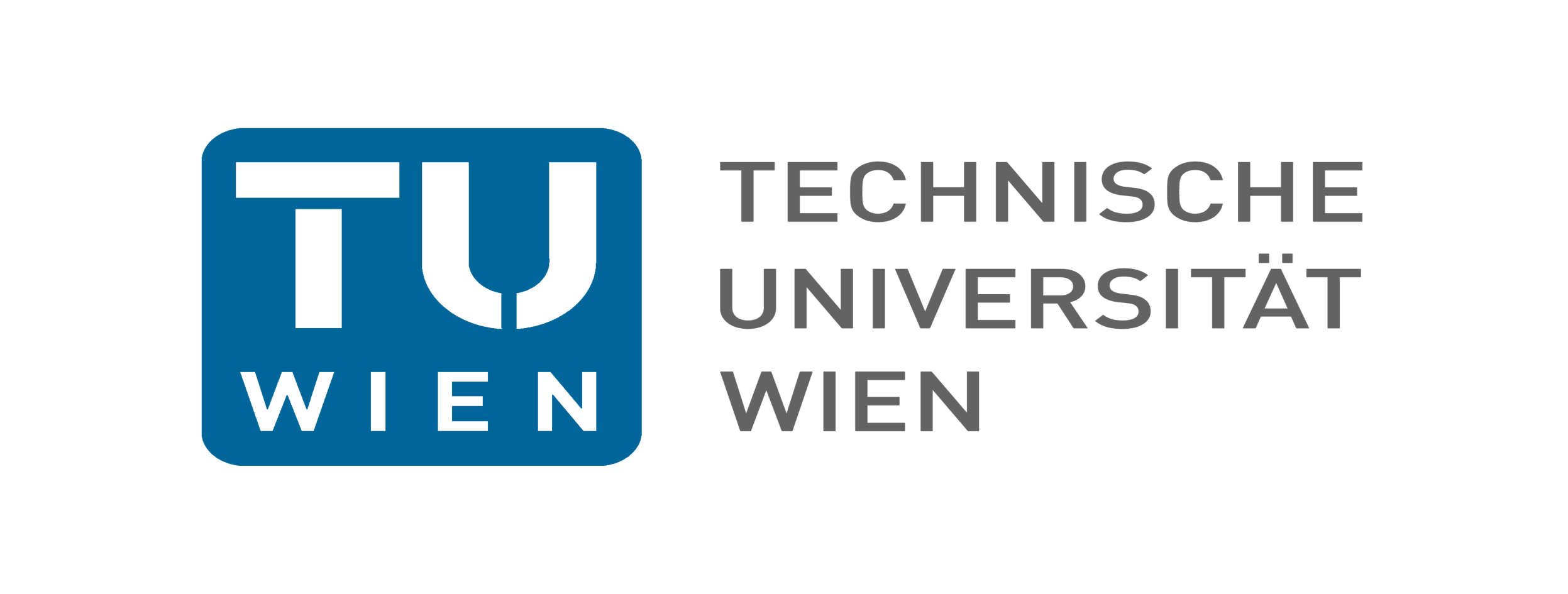Joint Theory Seminar
Tuesday 14:00-15:00
SS2021
Schedule
back| Date | Title | Speaker | Abstract |
|---|---|---|---|
| 02.03.2021 | Machine learning and SU(3) structures on six manifolds | James Gray | In this talk we will discuss the application of Machine Learning techniques to obtain numerical approximations to various metrics of SU(3) structure on Calabi-Yau manifolds. More precisely, we will be interested in SU(3) structures whose torsion classes make them suitable backgrounds for various string compactifications. A variety of aspects of this topic will be covered. These will include learning moduli dependent Ricci-Flat metrics on Calabi-Yau threefolds and obtaining numerical approximations to torsional SU(3) structures. |
| 09.03.2021 | Anomalous field theories as boundaries | Lukas Müller | This talk will be about the description of anomalies in quantum field theory through boundary states of certain field theories in one dimensions higher. I will give a gentle introduction to the mathematical formulation of this approach developed by Freed and Monnier and explain its relation to more classical approaches. I will discuss two concrete examples in detail, namely the parity anomaly of fermionic gauge theories in odd spacetime dimensions and 't Hooft anomalies of discrete gauge theories. Time permitting I will mention some open questions related to smooth families of field theories. The talk is based on joint work with R. J. Szabo. |
| 16.03.2021 | Asymptotic charges in gravity | Mahdi Godazgar | I will discuss the Hamiltonian derivation of dual BMS charges at null infinity using the first order formalism. More generally, I will discuss how this idea can be used to classify asymptotic charges in gravity. |
| 23.03.2021 | Perturbative Quantization of Einstein-Hilbert Gravity | Klaus Sibold | In a perturbative approach Einstein-Hilbert gravity is quantized about a flat background. In order to render the model power counting renormalizable, higher order curvature terms are added to the action. They serve as Pauli-Villars type regulators and require an expansion in the number of fields in addition to the standard expansion in the number of loops. Renormalization is then performed within the BPHZL scheme, which provides the action principle to construct the Slavnov-Taylor identity and invariant differential operators. After removal of the regulators, the final physical state space of the Einstein-Hilbert theory is realized via the quartet mechanism of Kugo and Ojima. Renormalization group and Callan-Symanzik equation are derived for the Green functions and, formally, also for the S-matrix. |
| 30.03.2021 | Easter break | - | |
| 06.04.2021 | Easter break | - | |
| 13.04.2021 | O(D,D) and string alpha'-corrections | Linus Wulff | String theory on a d-dimensional torus features an O(d,d) duality symmetry. It has been suggested that the low-energy effective action can be formulated with a larger O(D,D) symmetry (D=10 or 26), even before putting the theory on a torus. This approach, which goes by the name of Double Field Theory (DFT), has proven very useful. I will address the problem of constructing higher derivative invariants in this formalism. In agreement with the literature we find that a quadratic Riemann invariant can be constructed, which can account for the first alpha'-correction to the bosonic and heterotic string. However, we find that no cubic or quartic Riemann invariants can be constructed. This suggests that the quartic Riemann terms arising at order alpha'^3 in string theory do not have a DFT embedding. |
| 20.04.2021 | Resurgence and BPS invariants | Jie Gu | Asymptotic series abound in physics. Borel resummation and resurgence theory are among the powerful tools to deal with them. The former provides a way to convert asymptotic series to numbers, the latter reveals that different asymptotic series at different saddle points are related to each other by Stokes automorphism characterised by Stokes constants. We argue that the Stokes constants can be treated as new invariants of the system, and in many cases can be interpreted as counting BPS states. We support this statement with examples in Seiberg-Witten theory, complex Chern-Simons theory, and topological string theory. |
| 27.04.2021 | Digging traversable wormholes | Roberto Emparan | In recent years there have appeared several constructions of traversable wormholes, in four and other dimensions, which only involve physically acceptable, controllable ingredients. They connect in deep ways many aspects of gravity, quantum field theory, and quantum information. I will discuss several features of these constructions, with a focus on traversability, connectivity between multiple mouths, and the (im)possibility of time travel. |
| 04.05.2021 | CFTs and Wightman axioms in general dimensions | Petr Kravchuk | In Conformal Field Theory, one is often concerned with computing local correlation functions from the spectrum of local operators and their OPE coefficients. In general quantum field theories, we expect these correlation functions to satisfy Wightman and Osterwalder-Schrader axioms. In this talk, I will explain that Wightman axioms are not obvious for CFT correlation functions and then present a proof for correlators up to four points. In the process I will also briefly review the classic results relating Wightman and O-S axioms, which have caveats that are important in the CFT setup. |
| 11.05.2021 | From baby universes to black holes in 2d flat space gravity | Charles Marteau | In this talk I will discuss a simple model of 2d flat gravity that derives from the CGHS model. Its simplicity allows one to compute exactly the Euclidean gravitational path integral. When one allows for more than one thermal boundary, the model is dual to an ensemble of theories, I will discuss this ensemble in detail. The ensemble description is equivalent to a description in terms of baby universe Hilbert space in which one can build the so-called alpha-states, states in which the theory is now dual to only one theory. I will end the presentation by describing how this 2d model appears as a universal sector in the near-horizon dynamics of non-extremal black holes. |
| 18.05.2021 | BPHZ renormalization in combinatorially non-local field theory | Johannes Thürigen | Combinatorial non-locality occurs in various field theories such as non-commutative field theory, matrix and tensor theories or the group field theory approach to quantum gravity. Though interactions in such theories are not point-like, they are still local in the sense that for any divergent Feynman diagram there is a unique counter term vertex, described in general by a graph. This allows to generalize the renormalization Hopf algebra of Feynman graphs to a Hopf algebra of 2-graphs which gives a concise algorithm for applying Zimmermann’s forest formula to amplitudes in any renormalizable non-local field theory. |
| 25.05.2021 | Positivity with Gravity | Claudia de Rham | In standard effective field theories, the notion of causality is intrinsically linked with that of subluminality and with a set of positivity constraints to be imposed on the low-energy scattering amplitudes. I will highlight how the presence of gravity leads to a more subtle relation between causality, (sub)luminality and positivity bounds. These considerations are relevant for putting constraints on cosmological and gravitational effective field theories and I will provide explicit criteria to be satisfied so as to ensure causality and a standard high energy completion in gravitational effective field theories. |
| 01.06.2021 | No talk | ||
| 08.06.2021 | The swampland at a large number of space-time dimensions | Dieter Lüst | In this talk we discuss some aspects of swampland constraints - especially the swampland distance conjecture - in a large number of space-time dimensions D. We analyze Kaluza-Klein (KK) states at large D and find that some KK spectra possess an interesting dependence on D. On the basis of these observations we propose a new large dimension conjecture. We apply it to KK states of compactifications to anti-de Sitter backgrounds where it predicts an upper bound on the dimension of space-time as a function of its characteristic radius. |
| 15.06.2021 | Exploring the beginning of the universe by a nonperturbative formulation of superstring theory | Jun Nishimura | Back in 1996, Ishibashi, Kawai, Kitazawa and Tsuchiya proposed a supersymmetric matrix model as a nonperturbative formulation of superstring theory. The beauty of this model is that 1) there is no parameter other than one scale parameter, 2) it has the maximal supersymmetry in ten dimensions, 3) the (3+1)D space-time is expected to emerge dynamically as the eigenvalue distribution of the 10 Hermitian matrices. I will review the status of this proposal focusing on our attempts to explore the beginning of the universe by computer simulations. |
| 22.06.2021 | No talk due to Strings 2021 | ||
| 29.06.2021 | Generalized Siegel-Weil formula, Chern-Simons invariants and 3d gravity | Abhiram Kidambi | A recent discovery in holography is the idea of a dual not of a particular CFT but rather of an ensemble of CFT's and its gravitational interpretation. In this talk, I will explain the case of the generalization of the recent work of Maloney-Witten and Afkhami-Jeddi et.al. Following a pedagogical introduction to the number theory requirements, I will talk about the holographic duality that follows from considering the average over toroidal CFTs with unequal left and right moving central charges. |
| 13.07.2021 | Emergent gravity from hidden sectors and TT deformations | Elias Kiritsis | We investigate emergent gravity extending the paradigm of the AdS/CFT correspondence. The emergent graviton is associated to the (dynamical) expectation value of the energy-momentum tensor. We derive the general effective description of such dynamics, and apply it to the case where a hidden theory generates gravity that is coupled to the Standard Model. In the linearized description, generically, such gravity is massive with the presence of an extra scalar degree of freedom. The propagators of both the spin-two and spin-zero modes are positive and well defined. The associated emergent gravitational theory is a bi-gravity theory, as is (secretly) the case in holography. The background metric on which the QFTs are defined, plays the role of dark energy and the emergent theory has always as a solution the original background metric. In the case where the hidden theory is holographic, the overall description yields a higher-dimensional bulk theory coupled to a brane. The effective graviton on the brane has four-dimensional characteristics both in the UV and IR and is always massive. |
About
back

The Joint Theory Seminar is currently held online via BigBlueButton.
The Topic of the seminar is recent theoretical research in the areas of mathematical physics, high energy physics, physics of fundamental interactions and particle physics.
The target audience for the talks are PhDs, postdocs and faculty members.
To stay informed please subscribe to our mailing list.
How to participate
Attending
Anyone can attend. To receive the link to the BigBlueButton room please contact one of the organizers.
Giving a talk
Contact
backDaniel Grumiller
Associate Prof. Dr.techn.
Black holes and holography
Technische Universität Wien
Stefan Fredenhagen
Univ.-Prof. Dr.
Mathematical physics
University of Vienna
Céline Zwikel
Postdoctoral researcher
Black holes and holography
Technische Universität Wien
Thorsten Schimannek
Postdoctoral researcher
Mathematical physics
University of Vienna